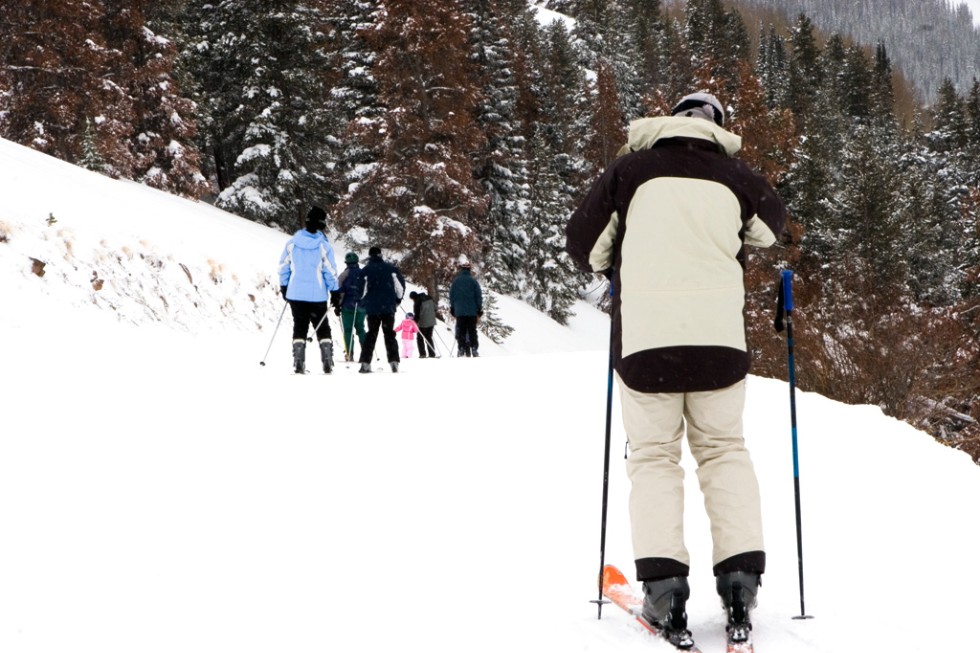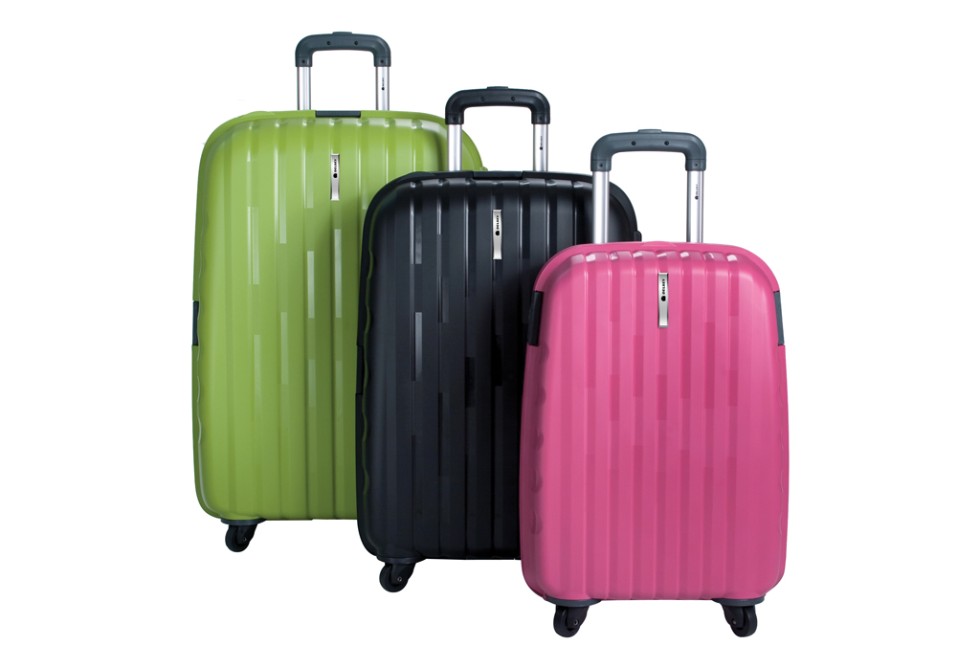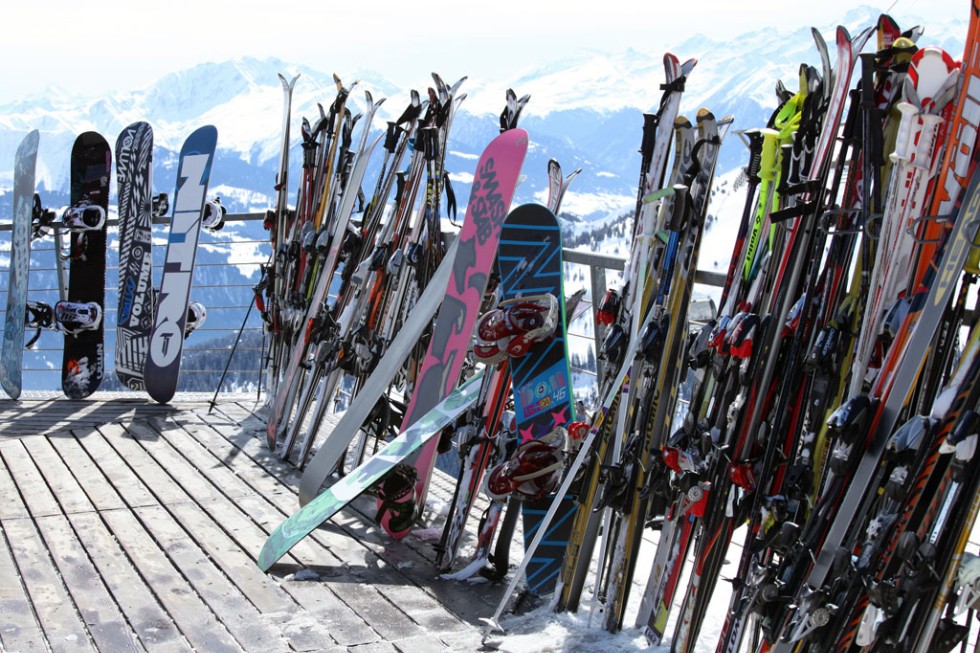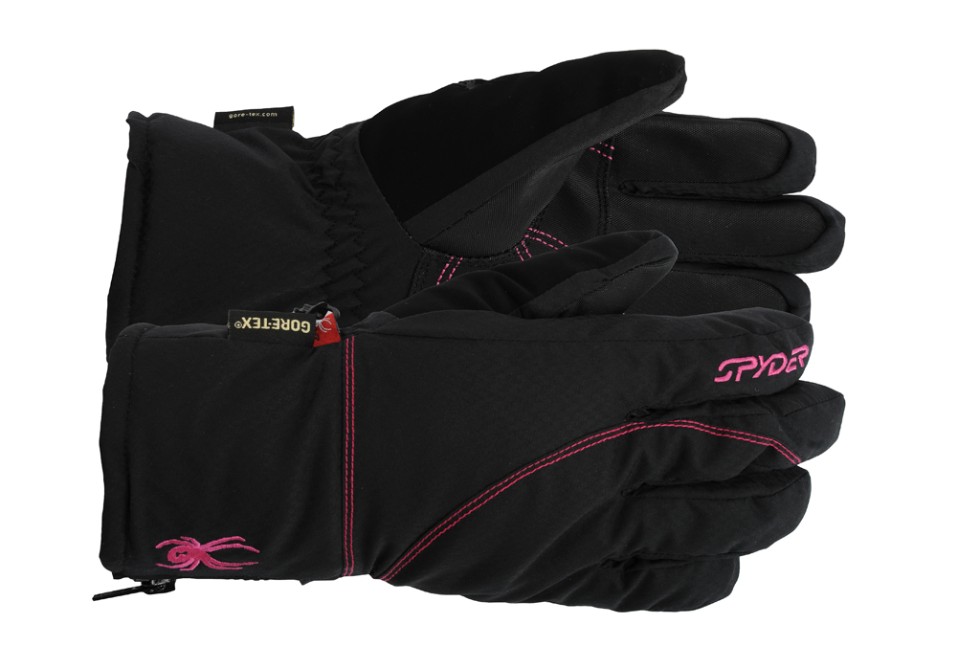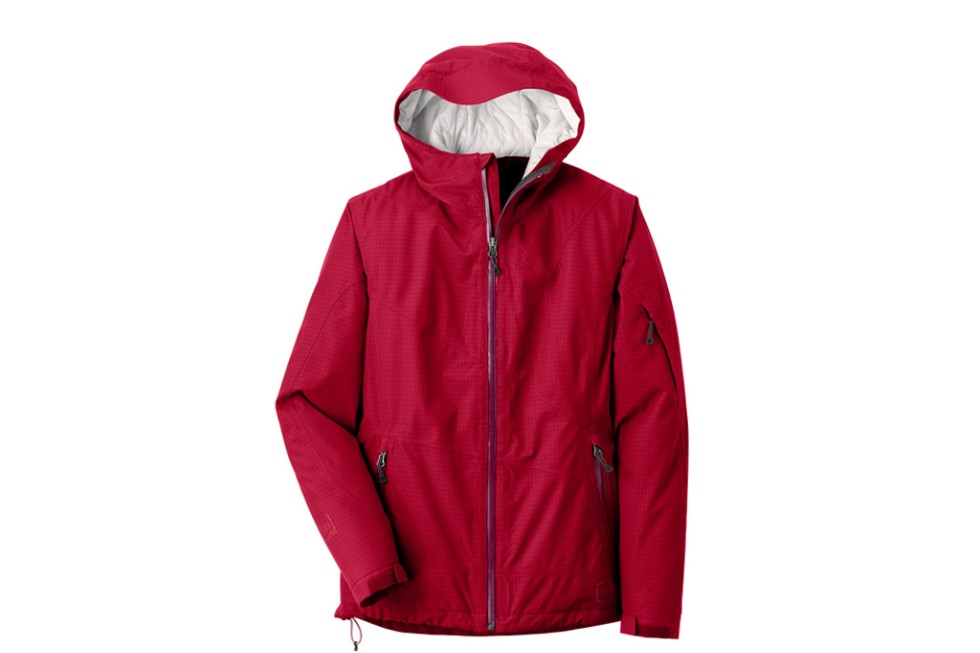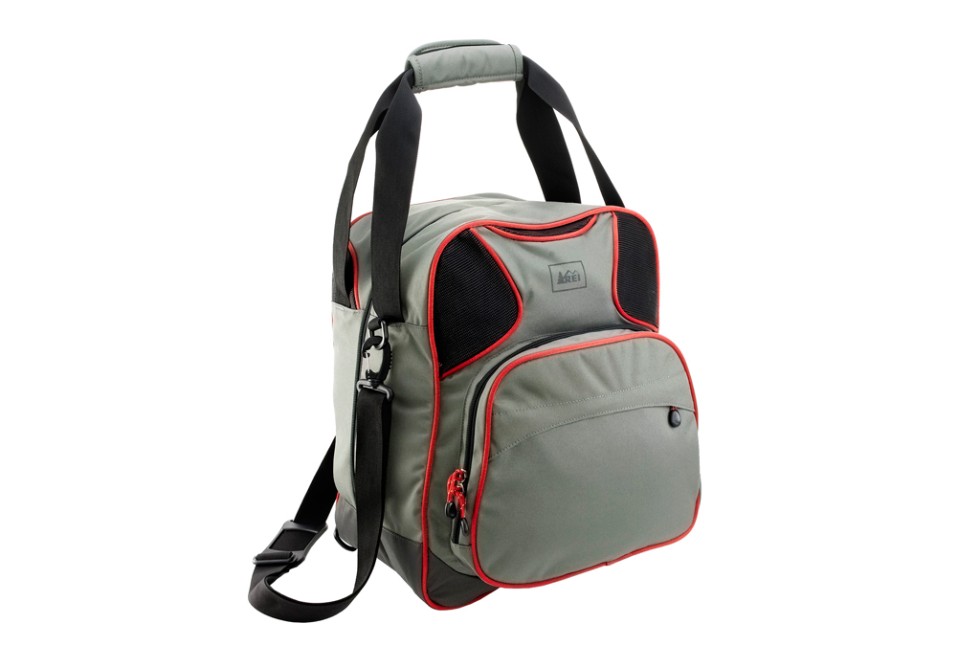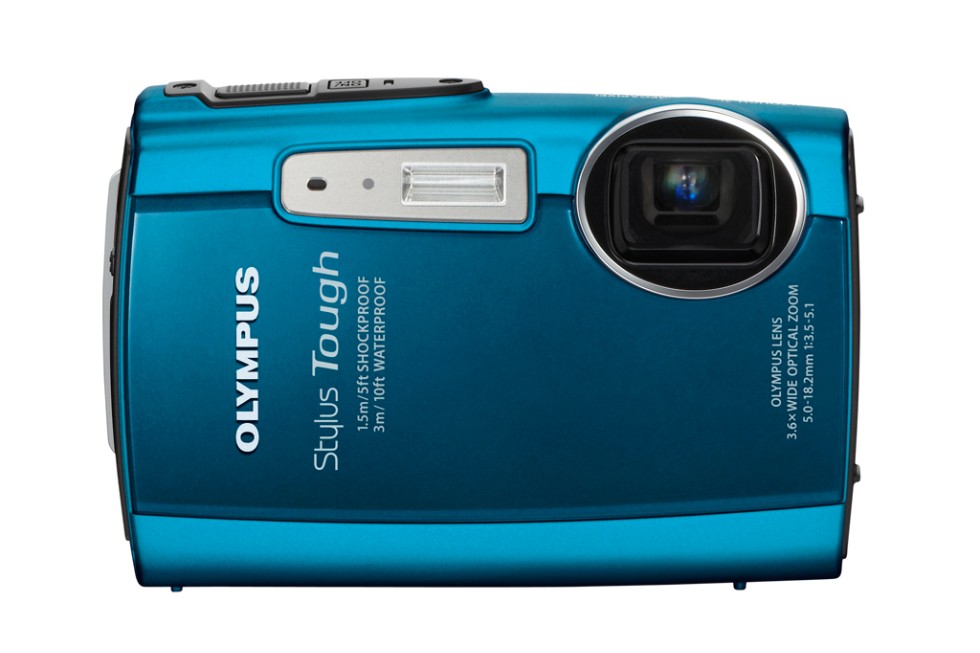Packing Tips for Ski Vacations and Winter Getaways
By
By Kara Murphy
Other than the skiing itself, the most challenging thing about going on a ski trip is figuring out what to take with you, what to leave home, and what to rent at your destination.
When traveling by plane, keep in mind that most airlines will allow you to check one ski bag or snowboard, plus one boot bag per person, but extra baggage fees, weight limits, and size restrictions vary by airline. So if you plan to check equipment, call or check the airline's website before you book your ticket so that there are no surprises.
Do you have a great way to pack for cold-weather destinations? Share your best packing tips on the Frommers.com Forum.
When traveling by plane, keep in mind that most airlines will allow you to check one ski bag or snowboard, plus one boot bag per person, but extra baggage fees, weight limits, and size restrictions vary by airline. So if you plan to check equipment, call or check the airline's website before you book your ticket so that there are no surprises.
Do you have a great way to pack for cold-weather destinations? Share your best packing tips on the Frommers.com Forum.
Bring a sturdy suitcase that will stand up to the elements.
Consider a hard-sided suitcase that will resist water better than ballistic nylon.
"The one thing I wouldn't scrimp on is a good carry-on suitcase with wheels," says Dan Austin, director of Austin-Lehman Adventures (www.austinlehman.com). "Pick one that is expandable and has sturdy wheels and zippers."
Look at companies like REI (www.rei.com), Eagle Creek (www.eaglecreek.com), Timbuk2 (www.timbuk2.com), and Burton (www.burton.com). They all make sturdy bags in different sizes and styles (including great wheelie duffel bags) specifically made to hold up well on rugged adventure trips.
Photo: Delsey's Helium Colours luggage
"The one thing I wouldn't scrimp on is a good carry-on suitcase with wheels," says Dan Austin, director of Austin-Lehman Adventures (www.austinlehman.com). "Pick one that is expandable and has sturdy wheels and zippers."
Look at companies like REI (www.rei.com), Eagle Creek (www.eaglecreek.com), Timbuk2 (www.timbuk2.com), and Burton (www.burton.com). They all make sturdy bags in different sizes and styles (including great wheelie duffel bags) specifically made to hold up well on rugged adventure trips.
Photo: Delsey's Helium Colours luggage
Rent ski and snowboarding equipment at your destination.
Not only will this cut down on the hassle of lugging heavy, bulky gear, but it might also prove to be cost-effective. Most airlines allow you to check one ski or snowboard bag plus one boot bag in place of one checked bag, but of course you have to pay any extra baggage fees and are restricted to weight and size limits (these vary by airline and are constantly changing).
Keep in mind that you will have to pay the additional fees at least twice—once on your way there and again on your flight back home. And in addition to the hefty extra fees, there is the potential cost of replacing or repairing items that are lost or damaged en route. So do your research: In many cases you will be able to rent the latest equipment on-site, and not pay much more than you'd pay in airline fees if you brought your own gear.
Photo: Laax, Switzerland
Keep in mind that you will have to pay the additional fees at least twice—once on your way there and again on your flight back home. And in addition to the hefty extra fees, there is the potential cost of replacing or repairing items that are lost or damaged en route. So do your research: In many cases you will be able to rent the latest equipment on-site, and not pay much more than you'd pay in airline fees if you brought your own gear.
Photo: Laax, Switzerland
Never check items that you can't afford to do without.
"Nothing will ruin a weekend ski trip faster than losing your first two days of gear in a delayed checked bag!" says Dan Austin of Austin-Lehman Adventures. "Always think about your must-have items -- what you'll need to get through the first couple of days, such as your warmest clothing, gloves, goggles and helmet -- and pack those items in your carry-on."
Layering is key, so start with a good base layer and go from there. Look for snug-fitting tops and long underwear in synthetic, moisture-wicking materials like polyester blends, or natural fabrics like merino wool or silk. Avoid base layers that are 100% cotton because they will absorb sweat and keep it close to your skin.
On top of your base layers you'll want to add clothing that will provide insulation, such as a sweater made of fleece or Polartec or a slim goose down vest. Lastly, you'll want an outer layer that protects you from the cold, wind, rain, and snow. This can be a jacket or a shell that is waterproof or water-resistant. Be sure to also bring a good pair of gloves and a hat.
Don't forget to pack clothing to wear around the resort, such as pajamas and loungewear.
Photo: Black Gore-Tex glove
Layering is key, so start with a good base layer and go from there. Look for snug-fitting tops and long underwear in synthetic, moisture-wicking materials like polyester blends, or natural fabrics like merino wool or silk. Avoid base layers that are 100% cotton because they will absorb sweat and keep it close to your skin.
On top of your base layers you'll want to add clothing that will provide insulation, such as a sweater made of fleece or Polartec or a slim goose down vest. Lastly, you'll want an outer layer that protects you from the cold, wind, rain, and snow. This can be a jacket or a shell that is waterproof or water-resistant. Be sure to also bring a good pair of gloves and a hat.
Don't forget to pack clothing to wear around the resort, such as pajamas and loungewear.
Photo: Black Gore-Tex glove
Carry your coat or jacket with you on the plane.
Your coat is your warmest layer, so even if it's too hot for you to wear en route, bring it with you on the plane -- you don't want to risk being without it if your luggage gets lost. "It can double as a nice pillow," says Dan Austin of Austin-Lehman Adventures.
It's also a great idea to bring along a thin rain jacket. Pack that in your carry-on as well. "So many times I've ended up putting all of my layers on with my rain jacket on top, because not only will it protect you from water, but it will also break down wind and cut the cold," Austin says.
Photo: Jacket by REI
It's also a great idea to bring along a thin rain jacket. Pack that in your carry-on as well. "So many times I've ended up putting all of my layers on with my rain jacket on top, because not only will it protect you from water, but it will also break down wind and cut the cold," Austin says.
Photo: Jacket by REI
Stash small accessories in your boot bag.
If you do decide to bring your own boots instead of renting them at your destination, put them in a boot bag. When traveling by plane, this will count as your personal item, so take full advantage of any extra space inside the bag and stow accessories like goggles, hand warmers, extra socks, and gloves.
In addition to your ski or snowboard boots, "it's also always good to bring a good trail runner that can double as a tennis shoe," Austin-Lehman Adventures' Dan Austin says. "A lot of them are waterproof and don't require a lot of break-in time, so even if you buy them right before your trip, you don't have to worry about trashing your feet with a new pair of shoes."
Invest in a few pairs of warm, high-quality wool socks. Liners are great to have as well. "SmartWool's liner is amazing, and you can wear it with any sock," Austin says. It will keep your feet warm and help prevent blisters.
Photo Caption: Ski boot and helmet bag by REI, www.rei.com
In addition to your ski or snowboard boots, "it's also always good to bring a good trail runner that can double as a tennis shoe," Austin-Lehman Adventures' Dan Austin says. "A lot of them are waterproof and don't require a lot of break-in time, so even if you buy them right before your trip, you don't have to worry about trashing your feet with a new pair of shoes."
Invest in a few pairs of warm, high-quality wool socks. Liners are great to have as well. "SmartWool's liner is amazing, and you can wear it with any sock," Austin says. It will keep your feet warm and help prevent blisters.
Photo Caption: Ski boot and helmet bag by REI, www.rei.com
Store your electronics in extra-protective cases, or invest in weatherproof gadgets.
Make sure your gadgets are protected from being damaged as much as possible. Consider investing in shock-absorbing cases that are specially designed to take a beating. Companies like Ballistic (www.goballisticcase.com) make cell phone and tablet cases made of impact-resistant polycarbonate.
You also might want to invest in 'sports' or 'tough' versions of your most-used items like your camera. Most electronics brands make them, including GoPro (www.GoPro.com), Olympus (www.getolympus.com), and Sony (www.sony.com). You'll find models that are waterproof, shockproof, and even ones that are built to withstand extreme temperatures.
You also might want to invest in 'sports' or 'tough' versions of your most-used items like your camera. Most electronics brands make them, including GoPro (www.GoPro.com), Olympus (www.getolympus.com), and Sony (www.sony.com). You'll find models that are waterproof, shockproof, and even ones that are built to withstand extreme temperatures.





